
Having a rooted device and enjoying apps like Pokemon Go, Snapchat, Netflix, Android Pay, etc. can be a bit of a hassle these days. But then there are still a lot of things that you can do only with a rooted Android. So there are both good and bad sides to it. And thus, rooting Android is still a thing in 2017, even though there are now questions whether it is really necessary. And the answer is rooting is not necessary if you’re a casual user who’d like some extra nifty features. There are some Android hacks that don’t need root, even though many think they do. Which ones, you may ask? Well, these ones listed below.
Google Now Launcher Page on Any Android
With Android 6.0 Google launched a new Google Now service so it only makes sense that the Google Now launcher page is only available on devices running Android 6.0 and above. Even then, the launcher needs to add the feature, and then it needs to be a system app. But now that Nova Launcher has added the much-demanded feature with the help of the Nova Google Companion app, you can get the functionality on any Android device without root. You’ll need to sign up for the Nova Launcher beta program because the companion app requires at least Nova Launcher 5.3 beta-1 to work.
Go into Nova Settings and swipe down until you see the Google Now option. Activate the Google Now Page setting.
If you’re not a fan of Nova and prefer the bare-bones simplicity of the stock Android Launcher from Google, you can have that too. We recently covered the Lawnchair Launcher which had all Pixel Launcher features, including the Google Now pane.
Don’t miss: Use Gestures to Simplify Your Android Experience
What works in favor of Nova Launcher here though is the fact that it works on all Android devices running Android 5.0 Lollipop and above.
Changing DPI
DPI or dots per inch are what decide the amount of information you can see on your 5.5-inch screen at a given time. The more dots per inch, the more content can be fit onto the screen, but that also means everything will be smaller. With today’s smartphones packing in 2k and 4k screens there are a lot of pixels on the display. These are seldom used to fit in more content but to make texts and images look crisper. If that sounds like wasted potential to you, you probably aren’t alone.
But changing a device’s DPI settings is something that is only available to the rooted Android users. Or so many would think. You can actually change your device’s DPI without it being rooted. First, install DPI checker from the Google Play Store and check what the default DPI for your device is. It would be a good idea to not travel much farther from the default value. As you can see in the screenshot, my device has a DPI of 460, it used to be 480. If I go much lower, problems happen.
Once you know the default DPI, you can change it to any DPI you want with the following ADB command. Replace DPI with a number you’d like and reboot. Don’t even think about anything beyond ±100 than your device’s default DPI value.
adb shell wm density [DPI]
Of course, you’ll have to know how to use ADB commands first. You can refer to our guide on how to install ADB and fastboot. This really is a cool Android hack for which you don’t need to root your Android device.
Must read: How to Get 3D Stereo Sound Effect on Any Android
Flashing custom ROMs and Kernels
Contrary to popular belief, usually among those who have never flashed a custom ROM, flashing custom ROMs does not require you to have a rooted Android device. Same is the case with custom kernels. All you need to flash a ROM or kernel is a supported ROM or kernel and a custom recovery such as TWRP. You don’t even need root to install a custom recovery. In most cases, you need a custom recovery to get root.
We actually have a full guide to help you install your first custom ROM. But to cut the story short, to flash a ROM or kernel, simply head to the TWRP recovery, select Install, select the ROM/kernel, swipe and done.
Creating a full backup
Creating a full backup of your apps, including their data and not just the APKs, is something that you’d think would be an easy task. Considering how essential a functionality it is. Yet, on Android, it remains a much difficult task than it should be. If your Android is rooted, you have Titanium backup which works almost flawlessly. But what if you never rooted your device and are now switching to a newer device? The online cloud backup service Google provides is simply not enough.
Luckily, an app called Helium Backup does exist and it works without root. It will require a desktop companion app for non-rooted devices, but it does work. Try this Android hack by following the steps below.
- Download Helium from the Play Store and install the desktop companion from clockworkmod.com/carbon.
- Connect your phone to your computer and launch Helium on both devices. Follow the on-screen instructions and create a connection.
- On your phone, select the apps you want to backup, and press Backup to start the process.
- You can restore the data to any phone using the Restore & Sync tab in the same way.
Also read: How to Install Google Assistant on Non-Pixel Devices
Installing Linux on your Android
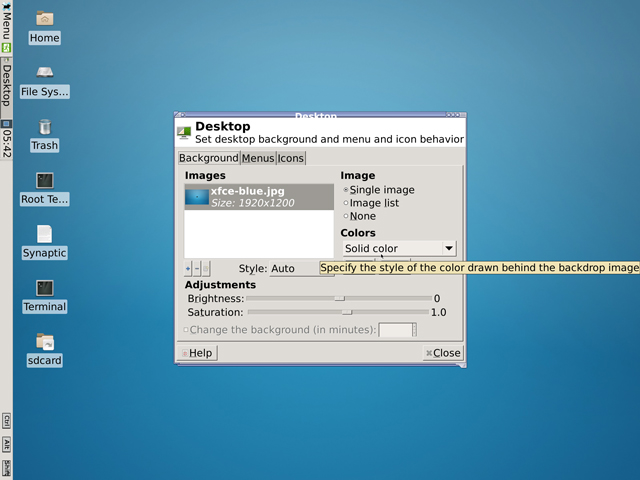 It was all good and believable until now but installing a whole new desktop operating system on your mobile devices must sound like a stretch doesn’t it? Even more so when it’s included in an article that’s talking about things you can do without root. But trust us, it is entirely possible. It doesn’t even require any level of hacking skill whatsoever. All it needs is an old app called AndroNix – Linux on Android without root. You can download it for free, then open from your Android home screen like any other app. Once you open it, it unpacks the necessary files and then you can download and install apps like you would on a normal Debian PC.
It was all good and believable until now but installing a whole new desktop operating system on your mobile devices must sound like a stretch doesn’t it? Even more so when it’s included in an article that’s talking about things you can do without root. But trust us, it is entirely possible. It doesn’t even require any level of hacking skill whatsoever. All it needs is an old app called AndroNix – Linux on Android without root. You can download it for free, then open from your Android home screen like any other app. Once you open it, it unpacks the necessary files and then you can download and install apps like you would on a normal Debian PC.
Assuming you’ve previously worked with Debian and have a powerful enough device, with a large enough display, it can also actually be quite productive. It is a big app though coming in at about 211MB at the time, so make sure you’re on Wi-Fi. Also, once installed, the app will need at least 900MB of your internal storage. It is, after all, letting you run a full-fledged desktop OS on top of Android for free, therefore we’d say the cost is justified. If you want to use Linux on your phone, this Android hack is what you need to try.
[googleplay url=”https://play.google.com/store/apps/details?id=studio.com.techriz.andronix”/]LED flash as Heart rate monitor
This Android hack includes using the LED flash on your device as a heart-rate monitor. Not sure if anyone really thought rooting could provide a heart rate monitor unless the hardware is already there on your smartphone. In which case, why would you need to root to use it anyways? But even without the hardware, it is quite possible to use your device’s flashlight as a heart rate monitor. This is because the heart rate monitors on Android use a technique that involves sensing color changes under your skin using a light source.
You already have a light source on the back of your phone. Sure it’s not built for monitoring heart rates, but it sure could be used for it. The accuracy will probably not be as good, but with the right software, the results might surprise you. One of the better apps for this in our view is Instant Heart Rate: Heart Rate & Pulse Monitor.
[googleplay url=”https://play.google.com/store/apps/details?id=si.modula.android.instantheartrate”/]Speed up your Android
Rooting gives you the options to overclock your CPU, virtually increase the amount of RAM, switch CPU governors, etc. All of those have practical effects on the performance of a device. Even though you can’t do all of that without root, there still are some things that might help speed up your Android device, without it being rooted. We’ve already published some tips on speeding up Android so make sure you check those out.
Try the above-mentioned Android hacks and tips to enjoy your smartphone and make use of its full potential.
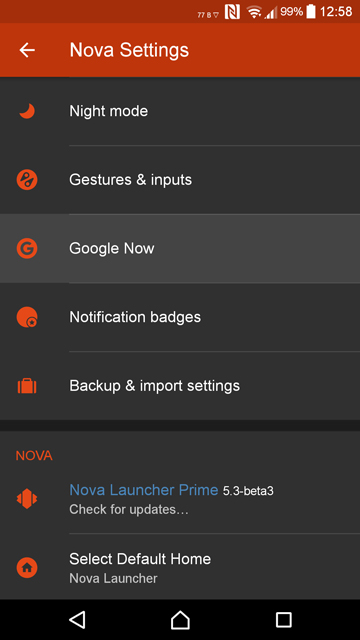
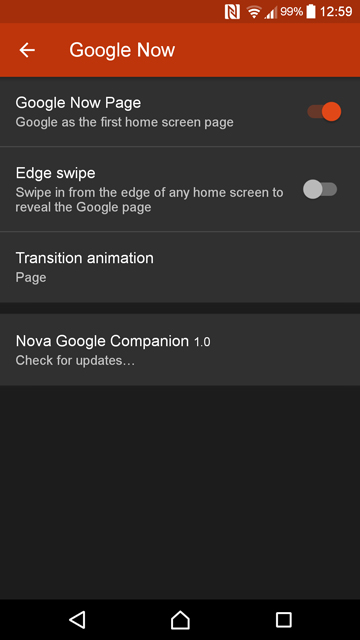
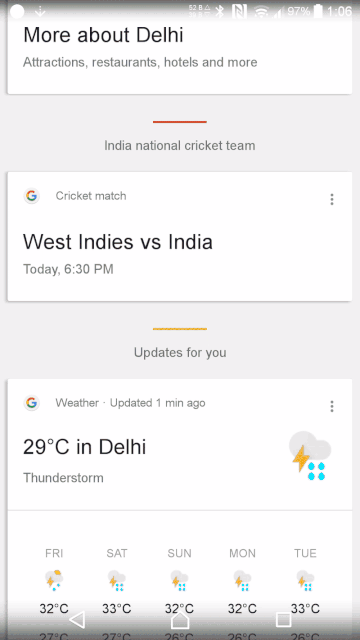
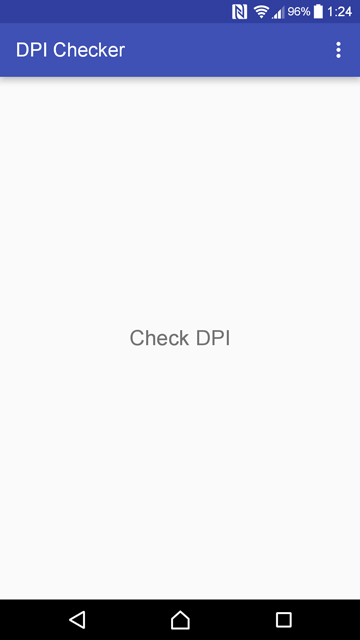
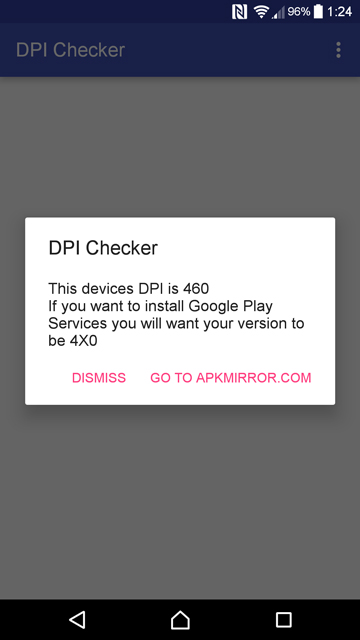



Join The Discussion: